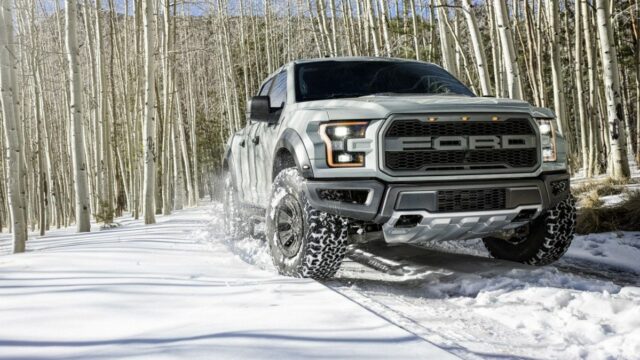Sales figures don’t lie: screw the planet, we want bigger cars
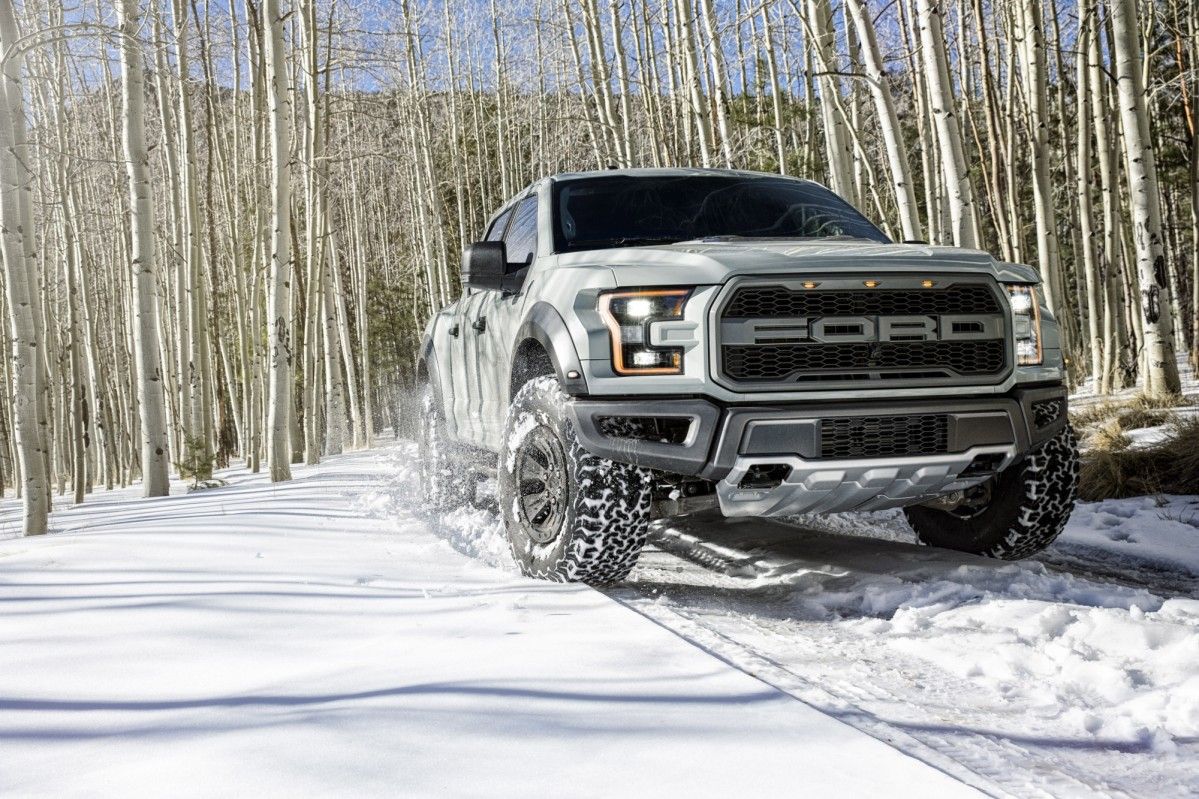
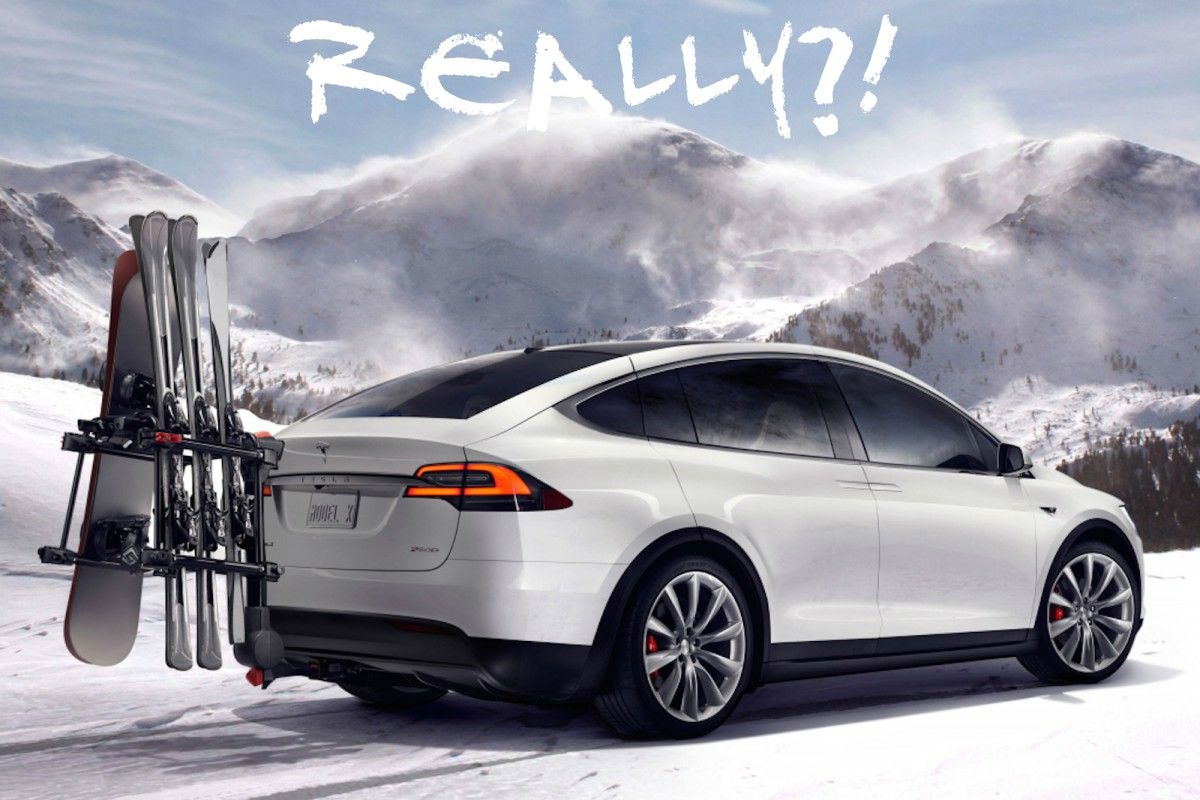
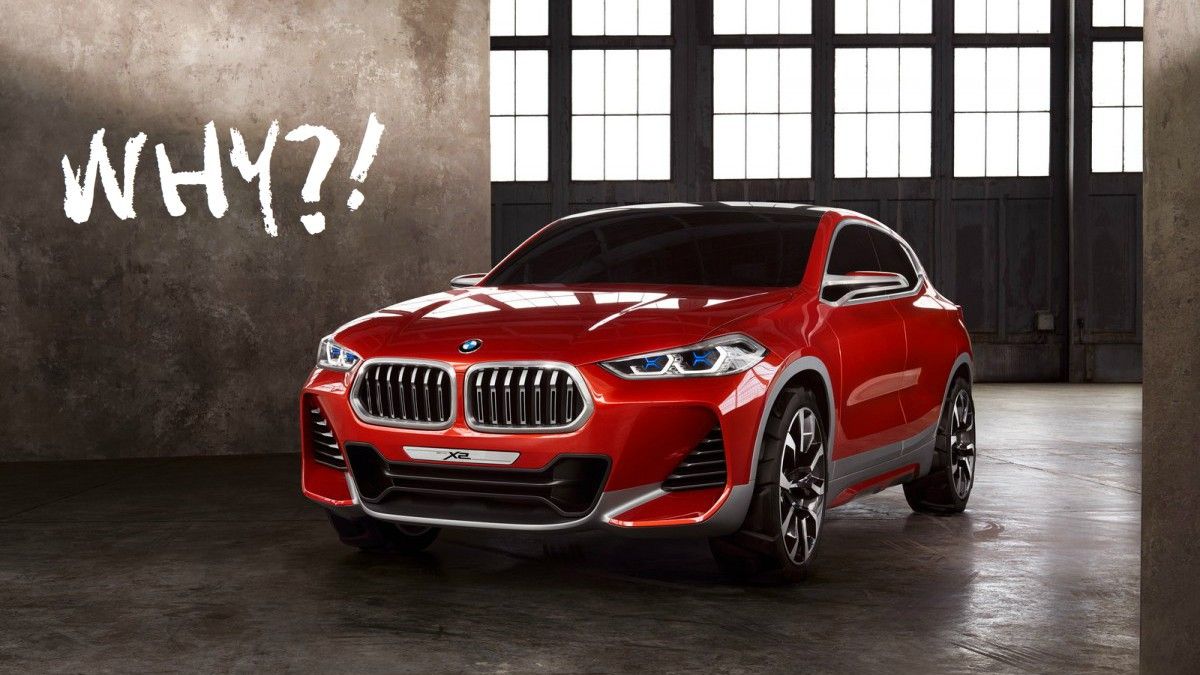
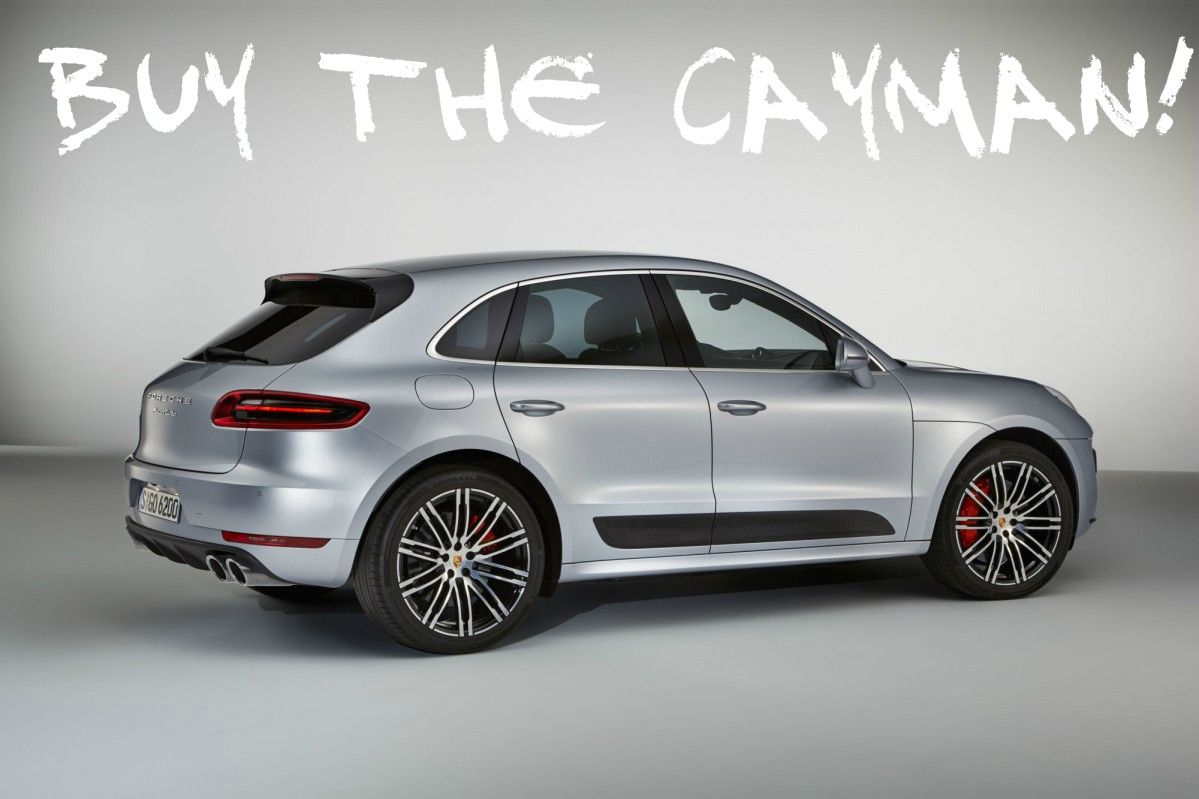

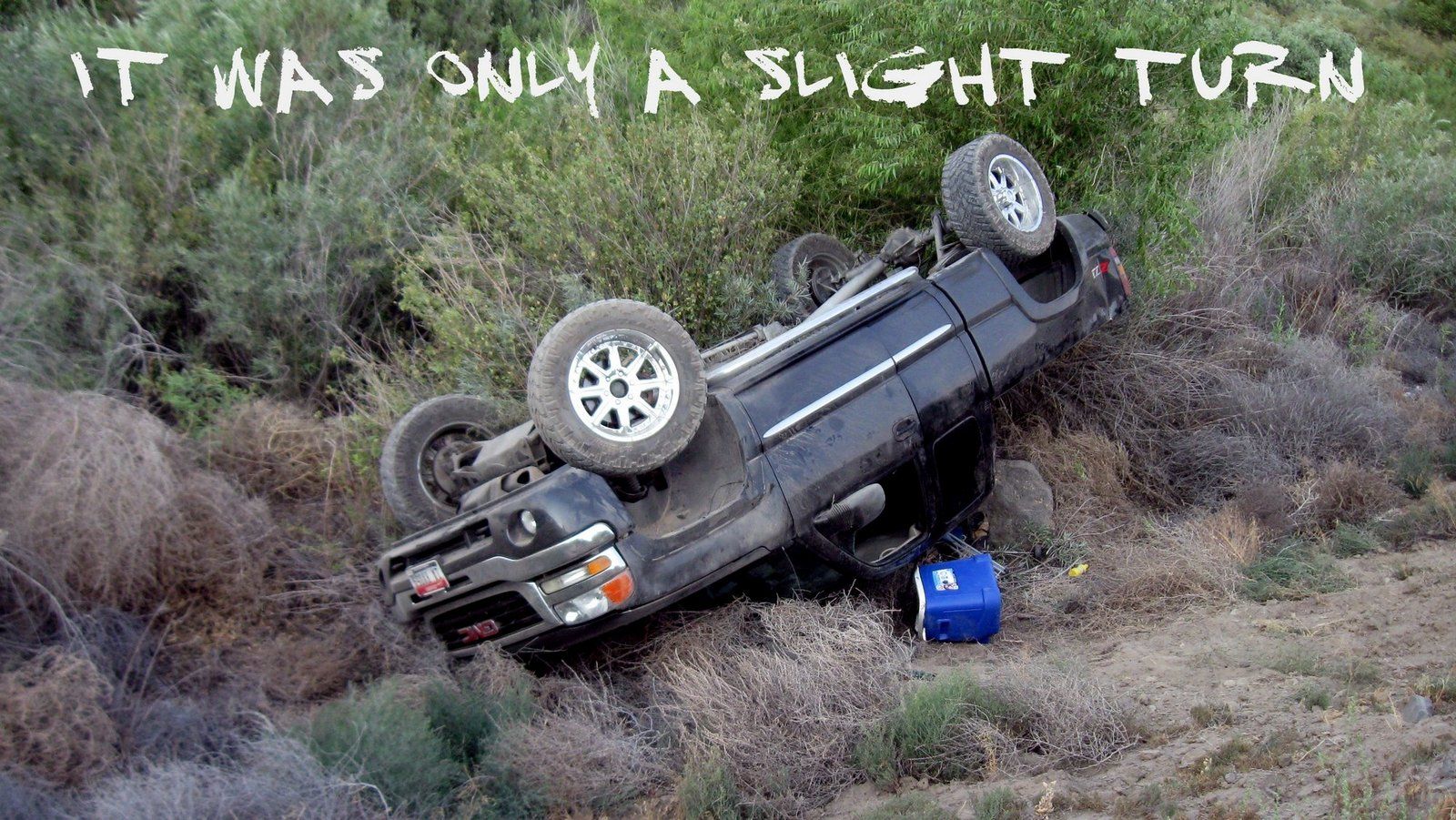
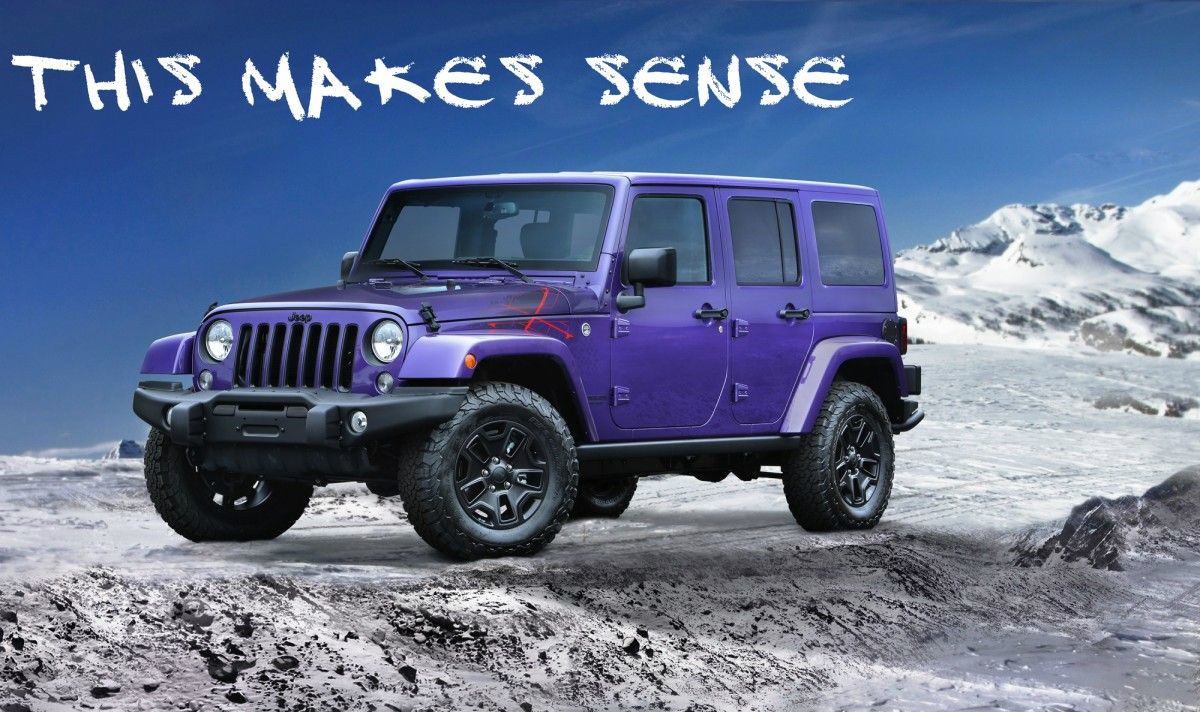
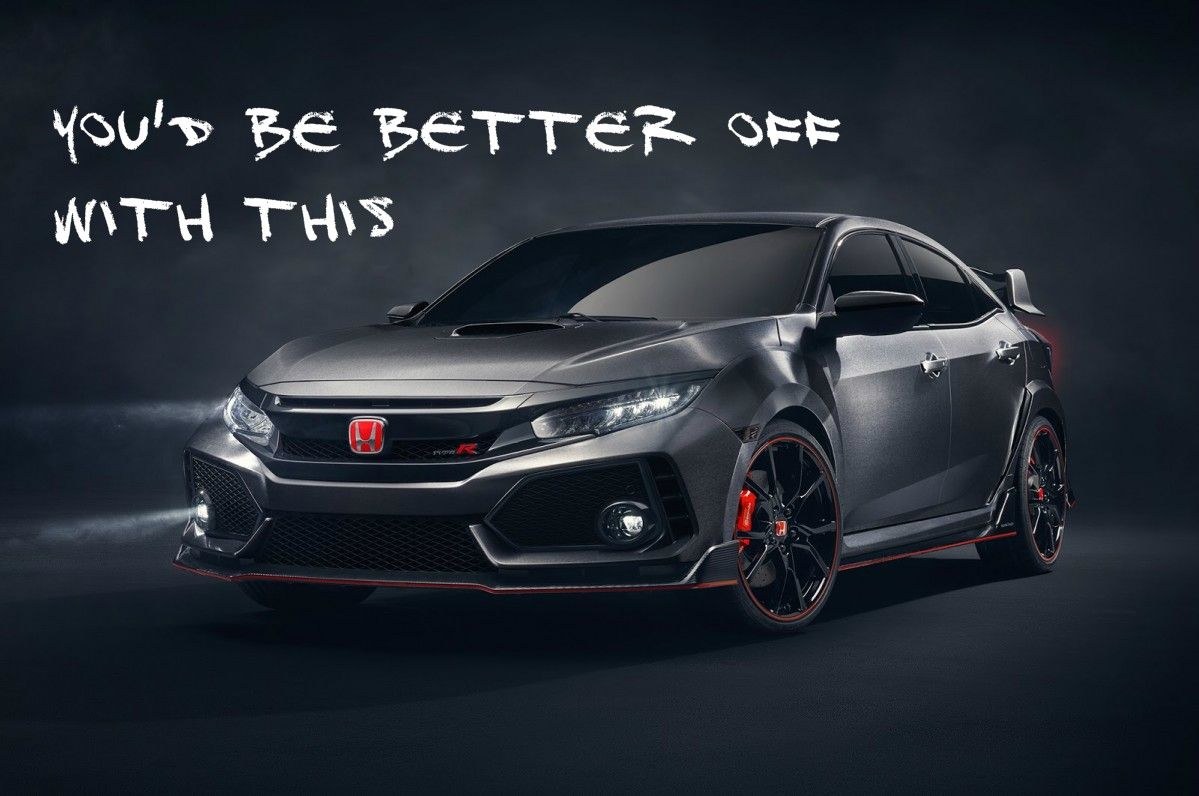

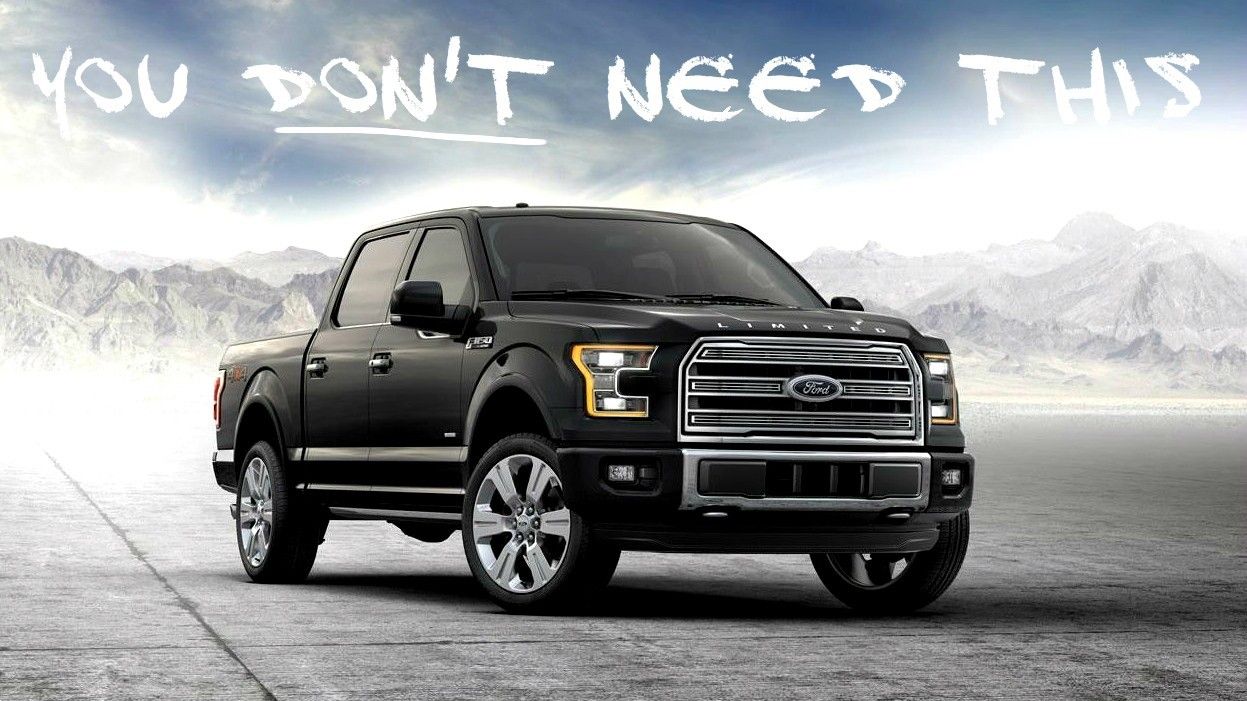
Skyrocketing oil prices and financial problems behind us, it's time to enjoy our supersized cars. Or is it?
America's love affair with trucks is more intense than ever, while Europeans and Asians are betting massively on bigger and bigger cars, mainly SUVs. And there's no end in sight.
In the US, light-duty trucks (including pickups, crossovers, vans, and SUVs) managed a 7,7% increase over 2015 (Jan-Sep 2016 vs. year-to-date 2015). And if we look at the minivans (19,4% increase), large vans (14,8% increase) and large SUVs (15,1% increase), we see that many bought into this market, while abandoning the cars segment (-8,2% decrease over the same period of 2015). Even electric SUVs started selling good…

Most affected were the luxury cars (-12,1% decrease) and midsize cars (-8,3%), another sign that buyers preferred to jump into trucks and SUVs, rather than pay the same amount of money on sedans and compact cars. The market seems to have peaked, but strong sales of trucks and SUVs should account for an additional couple of years until it starts going down again.
In Europe, the car market is still booming, with an 8,8% increase in the first half of 2016 vs. year-to-date 2015, but things are similar when talking about car segments. While superminis, subcompact, compact and midsize cars sales increased below average, sales of SUVs and crossovers boomed. Here are some figures, below.
– Minicars +5% increase
– Subcompact cars +4% increase
– Compact cars +6% increase
– Midsize cars +8% increase
– Small MPVs -15% decrease
– Midsize MPVs +1%
– Large MPVs +59%
– Small crossovers +28%
– Midsize crossovers and SUVs +17%
– Large SUVs +2% (after a +23% increase in 2015)
– Premium compact cars +10%
– Premium midsize cars +8%
– Premium large cars +1%
– Limousines +10%
– Premium midsize SUVs +25%
– Premium large SUVs +31%
– Large passenger vans +14%
In China, SUVs accounted for 35 percent of total passenger-vehicle sales in the first six months of 2016, compared to 27 percent in the same period in 2015, and the segment still hasn't peaked. A massive increase, then.
So, what explains our love for big cars?
Simply put: they inspire confidence, they give a sense of status, and we think we get more car for the buck. And, if gas is so cheap, why not? But he fact is, we're wrong on every front.
SUVs and trucks are not necessarily safer. In a direct hit against a sedan, they might fare better. They're rugged, but also prone to rollovers and are much more difficult to handle on curvy roads. So, what you trade in for the hypothetical safer full-frontal crash, you lose on several other critical handling points.

You also can get status in a premium sedan, rather than spending an excessive amount of money to get an excessive amount of car. And if you think an SUV or a pickup truck is elegant, think again. It's not.

More car for the buck? Oh, yes, if you think only about the size. If you think about everything else, not so much. The main reason car companies push you to buy big SUVs and trucks is that they're more profitable to make. And they do this while paying lip service to electric cars and ecology.

Finally, if you only think short-term, then yes, cheap gas means you should jump into an F-150 just because you can. But keep in mind that cheap gas will not be here for long, and, especially if you live in Europe, taxes will increase on big engines and big cars in the near future. This will affect your car's resale value, not to mention raised costs for actually running the car.
Bottom line? Our love story with SUVs and trucks is irrational (it's a love story, right?), hypocritical (lots of tree-hugging people drive around in big cars) and, looking at the environment, downright dangerous. If you really love cars and don't need to go off-road or carry sofas in your pickup truck, then buying big just because you can is pretty lame.

I would be very curious to see the first carmaker announcing that, from 2020 or so onwards, it will stop producing ginormous clumps of metal and downsize from 2-ton behemoths to more sensible everyday use cars. Especially when they have stricter CO2 and NOx thresholds to comply with. Please, oh, please make small cool again!

It's all marketing, folks!
